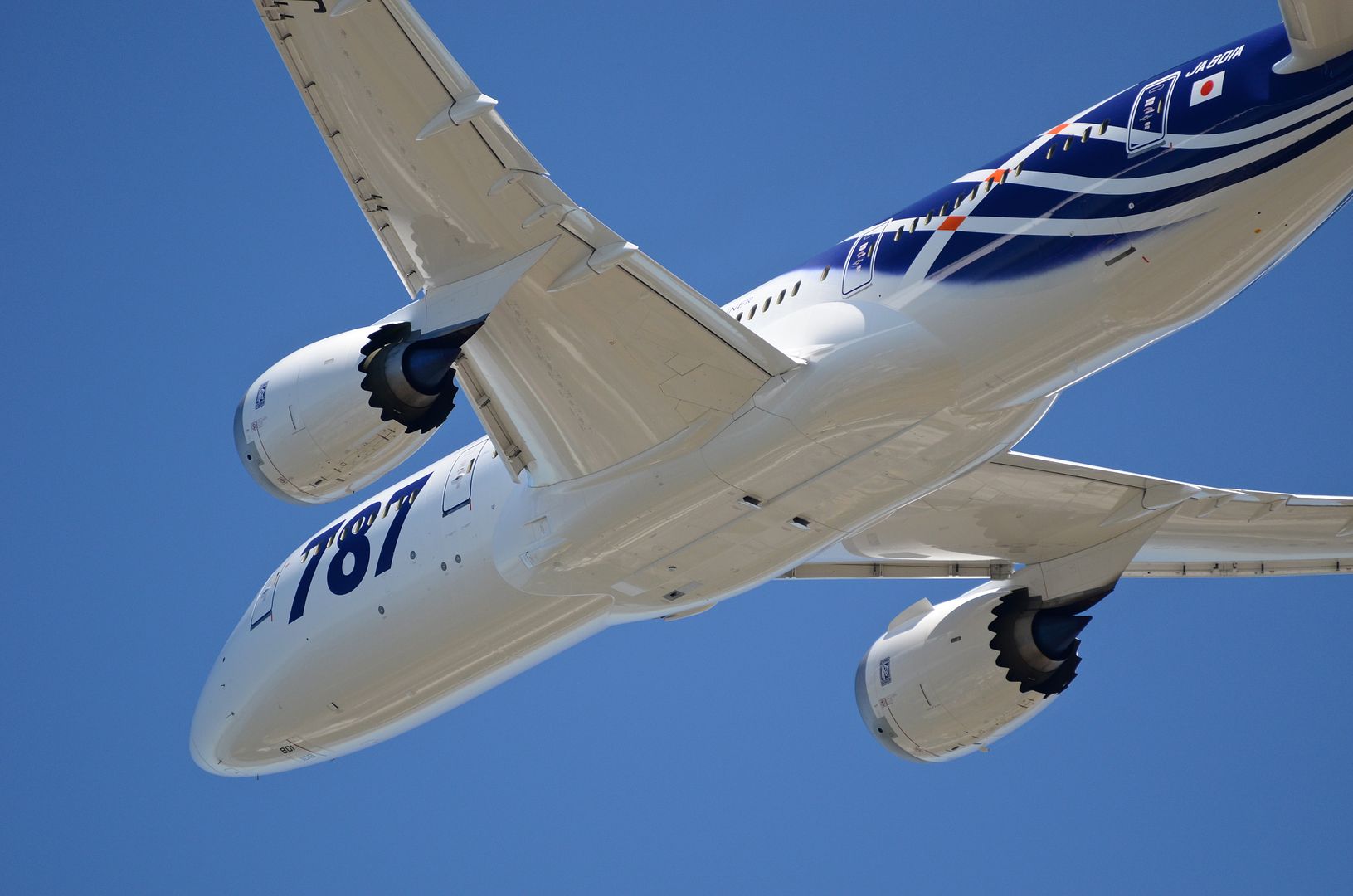Quote:
Originally Posted by freebeard

|
Not entirely, no.
I remember reading something about it in doing research... at the subsonic speeds that the passenger airliners travel at, the belly fairings help to keep the air from separating from the body at the wing-to-body intersection, thus improving fuel efficiency.
In the A380, they're over 100 feet long! Most of it is empty space, with the thru-wing supports, some hydraulics and fuel transfer equipment in there. I haven't had the opportunity to climb up inside an A380, although I walk under them all the time at work, so I get a pretty up-close look at how the designers worked to lessen aerodynamic drag. The 20 wheels of the A380's rear wheels tuck up into a small portion of the belly fairing just ahead of and just behind the rear of the wing.
The A380's not a very good example, though... practically the entire underside of the plane is belly fairing... almost like a flying wing.
The 787 has much more pronounced belly fairings at the wing bases.
